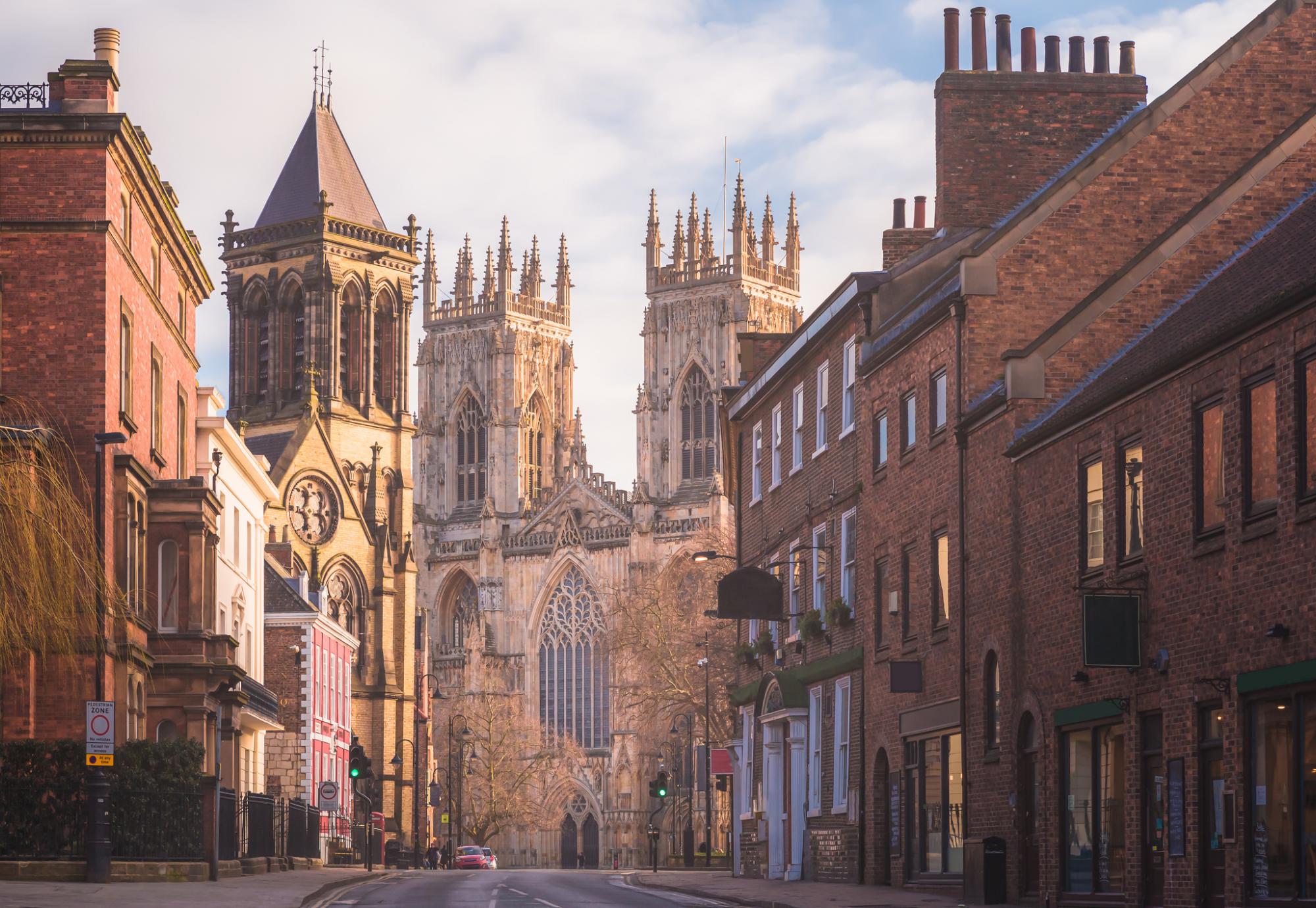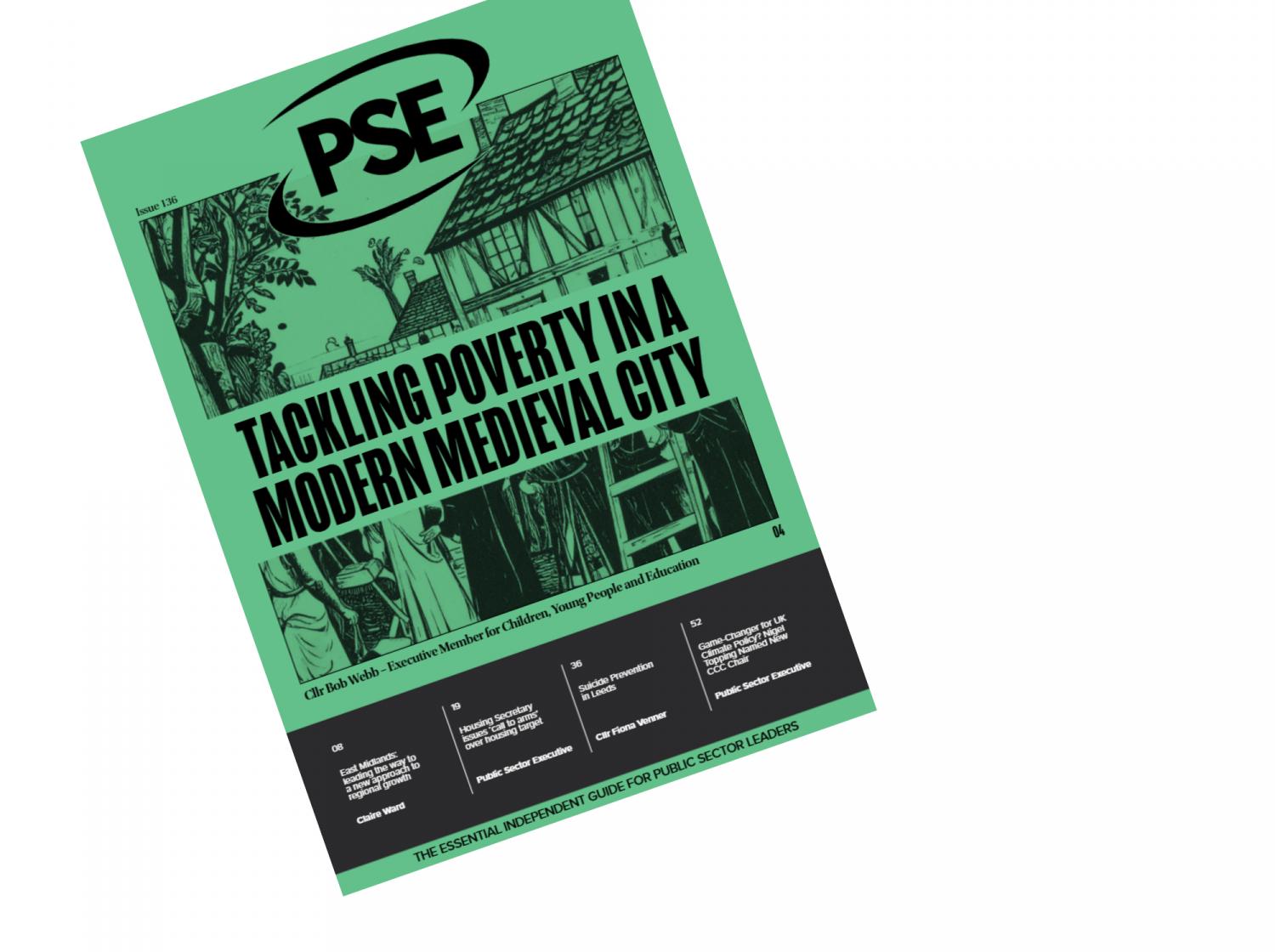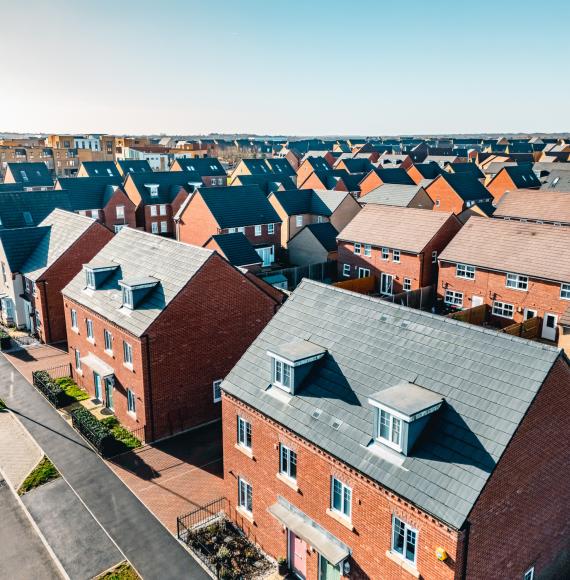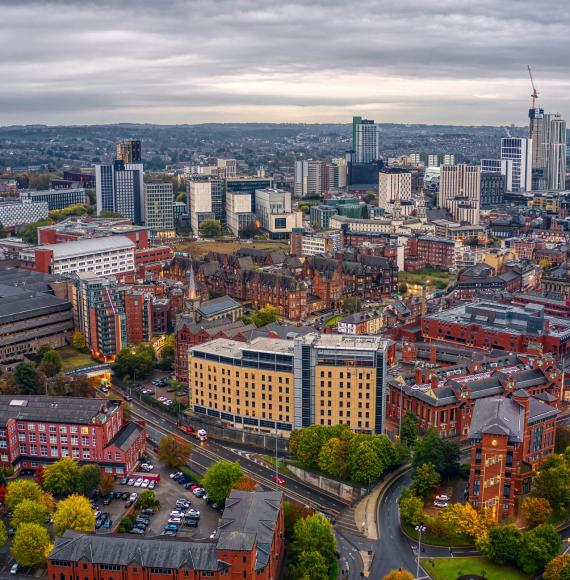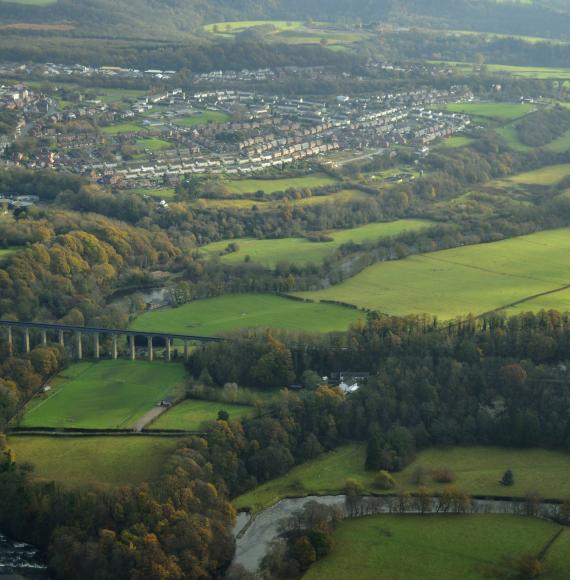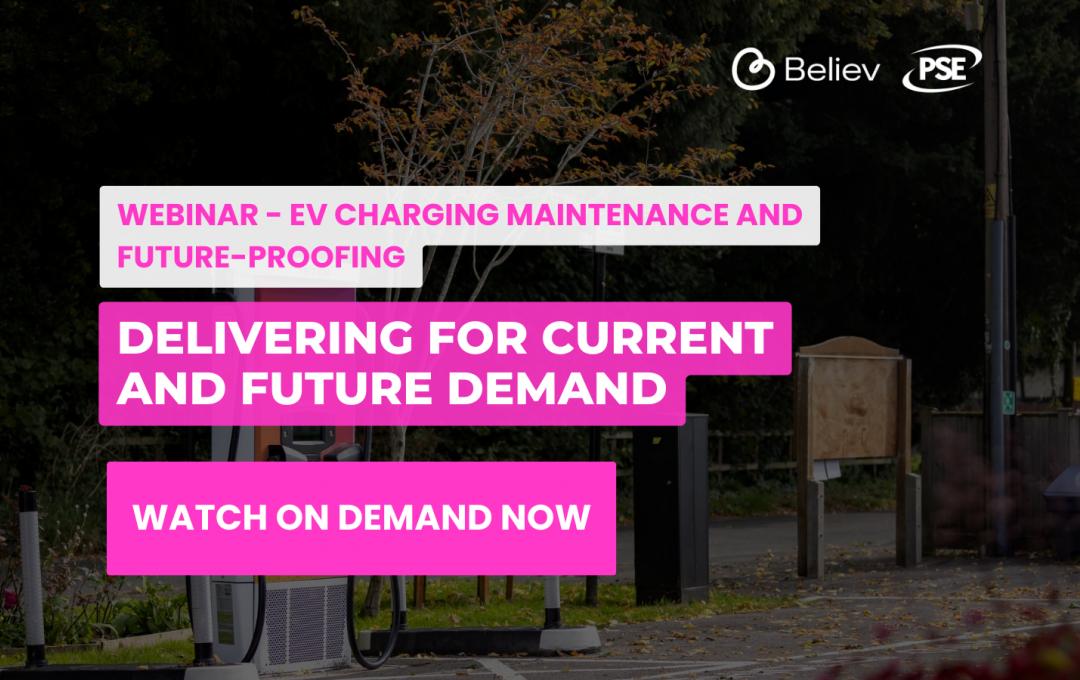When you think of York, what comes to mind?
It is probably the awe-inspiring York Minister, the castle, the famed City Walls or the quaint traditional streets that makes the city so famous, but away from all the grandeur and beauty of this Roman city, a digital revolution is happening.
The UK’s first gigabit city, the City of York Council proudly proclaims:
‘As the UK’s first Gigabit City, York’s outstanding ‘world-class’ connectivity is helping to create jobs, attract investment and improve lives for people who learn, work in and visit the city.’
But just how did York become the UK’s first gigabit city?
The journey started back in 2009-10, when the local authority went out to market a connectivity piece, which resulted in having a brand-new fibre footprint for the council.
This allowed all of the authority’s offices and endpoints to have access to a gigabit connection, which led the council to think about the future this could create for the city.
Commenting, City of York Council’s Head of ICT, Super Connected Cities and Digital Innovation, Roy Grant says:
“So, from then on, we thought with all this fibre in the ground, could we then take that into becoming a gigabit city and using the council almost as an anchor tenancy for further investment?”
This led to the council appointing two companies to undertake a trial to look at building a fibre footprint in the north-east of the city, providing connectivity into a residential area.
That has continued to grow and now over 60% of premises in York have access to a pure fibre connection.
Mr Grant said the council decided to undertake this challenge in order to sell York as a city that was open for both business and to investment.
The council’s ambitions were becoming noticed, with Mr Grant saying:
“When we started this journey, nobody else was going around the pavements and installing fibre into people's houses.”
He says the authority’s approach garnered a lot of interest from different parties, including the Department for Transport, Building Digital UK and the Department for Culture, Media and Sport.
However, their approach was not just making waves in Britain, but also attracted attention from Europe and beyond.
Officials visited York from New Zealand to take a look at the authority’s trial, as they were looking to rebuild their infrastructure after the devastating 2011 earthquake in Christchurch.
As part of the Super-Connected Cities Programme, the City of York Council were granted funding from the UK Government, which led the authority to think about how it could link its new digital footprint to this.
“We thought, we've got the wired footprint going in the ground, what can we do to overlay it?” Mr Grant says.
This led to the council going ‘heavy’ on the wireless footprint, resulting in the authority overlaying the fibre footprint with a citywide wireless connection.
The footprint allows the council to deliver CCTV and urban traffic management services, while the city’s free Wi-Fi allows the council to create another footprint to deliver services.
York’s next layer included 3G and 4G networks, as well as starting to build a traffic management print through a LoRaWAN network (a low-power, wide area network protocol built on top of the LoRa radio modulation technique).
Despite these successes, the City of York Council is not content to sit on their laurels, with Mr Grant saying:
“We’ve got a very good coverage across most of York, so I'm now looking to blend that in with narrowband IoT to then extend that beyond our boundaries.”
5G is also very important for the authority, with Mr Grant saying, “it’s a great alternative to fixed connectivity” and said internal 5G is “almost a testbed for future technology”.
Despite the successes of the authority, it is also a team effort across the City of York, with organisations working together to help it become the UK’s first gigabit city.
Home to the University of York, a Russell Group university, York is a student city and this is helping the area’s digital ambitions.
“It was very easy to join ourselves and the universities together because we're on that same footprint,” Mr Grant says.
“So, whenever the students come into York, they've got access to eduroam and when anybody goes to the campuses, they've got access to free Wi Fi, which is off camp, so it's a real good handshake.”
Being connected really is the mantra of the City of York Council, with the authority believing that ‘whatever sector or community you come from, you should always find a reason to be connected in York’.
As city centres change throughout the UK, officials in York are under no illusion that they are any different and know that they face the same challenges as their counterparts.
The council envisages a commercial/residential blend for the future of the city’s heart.
Mr Grant believes that a connectivity footprint can help the future of the city centre be a success and believes it is an “essential ingredient” for this to happen.
In fact, the authority has been talking about connectivity being a fast utility since 2015 and is now into the wider thinking of residents across the city, commenting he says:
“It feels as if that's now finally sunk into everyone's thinking and connectivity is now essential.”
The City of York Council’s approach to connectivity is benefiting businesses across the city.
A prime example is from the Shambles, a 14th century shopping street in the heart of the city centre, where the authority could not just rip up the historic cobbles to ensure the area had better connectivity.
However, businesses were actively looking to move out of the city because of the lack of connectivity, so the authority had a plan, as Mr Grant explains.
“We threw fibre down the side of the streets on the walls and it's returned people in the core of our city, but also it should attract other people grow and come to York, so from a commercial business sense, connectivity is one of those key ingredients.”
Despite the success of connectivity in York, there is still some hard-to-reach areas, but these are in the authority’s sights.
Mr Grant uses a doughnut analogy to describe the council’s plans to target these areas:
“We’ve [created something akin to] a doughnut, so what we’re now doing is filling the core and we’re taking the spines to the outer edge,” he says.
As well as this, he reveals that the authority’s endgame is to get 90-95% fibre saturation across the area.
The City of York is aiming to be a role model for councils up and down the country due to its successes in connectivity and being the UK’s first gigabit city, but what is Mr Grant’s advice for other authorities looking to follow in their footsteps?
“Have an appetite for disruption and make sure that you are willing to work with anybody in your city and that is streets teams, your digital team members, your senior management team and key stakeholders in your area to help make it happen,” he urges.
“Keep the momentum going and never make do for 50 or 60%, we've all got to aim as high as you can and then if we have to come down to 80 or 70%, I think that's a great place to be.”

